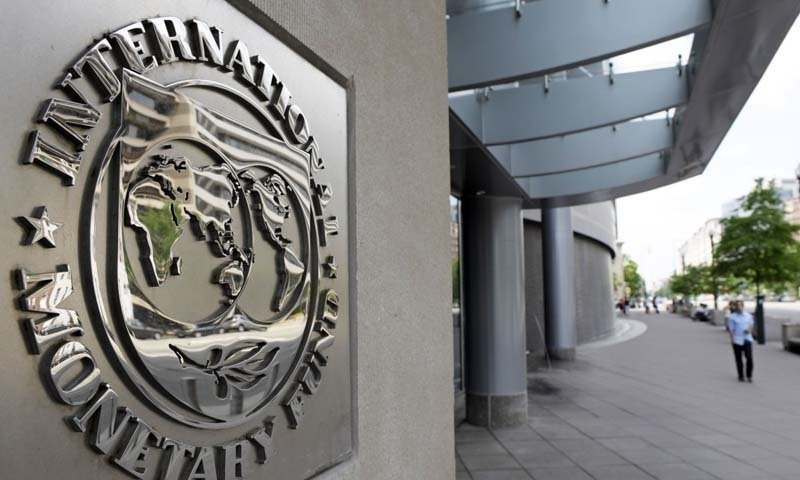Islamabad, 18 July 2024 (TDI): The International Monetary Fund (IMF) has projected a 3.5% growth for Pakistan’s economy in the fiscal year 2024-25 (FY25), slightly below the Pakistani government’s target of 3.6% announced in the latest budget.
This forecast comes amid sluggish global economic activity and follows a year where Pakistan’s GDP grew by only 2.4%, falling short of the 3.5% target set for the fiscal year 2023-24.
Pakistan’s economic challenges have been compounded by chronic mismanagement, the COVID-19 pandemic, disruptions from the Ukraine war, and devastating floods in 2022, which impacted a third of the country.
The IMF’s World Economic Outlook (WEO) update highlights these factors and cautions about modest global growth over the next two years. The global economy faces hurdles such as cooling activity in the US, a bottoming-out in Europe, and stronger consumption and exports in China.
Globally, the IMF has maintained its GDP growth forecast for 2024 at 3.2% and slightly raised its 2025 forecast to 3.3%. IMF Managing Director Kristalina Georgieva describes the current economic landscape as part of the “tepid twenties.
” The US growth forecast for 2024 has been reduced to 2.6%, reflecting slower-than-expected consumption in the first quarter, while the 2025 forecast stands at 1.9% due to a cooling labour market and moderated spending.
Pierre-Olivier Gourinchas, the IMF’s chief economist, notes that growth in major advanced economies is becoming more aligned, with the US showing signs of cooling and Europe poised for recovery.
The IMF has increased its growth forecast for China to 5.0% for 2024, matching the Chinese government’s target, due to a rebound in private consumption and strong exports. The 2025 forecast for China has also been raised to 4.5%.
Also Read: Seven new envoys presented credentials to President of Pakistan
The IMF’s projection for Pakistan is a realistic assessment amidst a complex global economic environment. Despite the slightly lower forecast, Pakistan remains committed to achieving sustainable economic growth and addressing the structural challenges that have hindered its progress.
Established in December 2008, The Diplomatic Insight is Pakistan’s premier diplomacy and foreign affairs magazine, available in both digital and print formats.



